Written by: Niki Giovanis
Birds of prey actively pursue their prey and hunt them down, sometimes even when their prey is much larger than them in size, but more often eat small mammals, reptiles, other birds, fish and large insects. Birds of prey are also known as raptors, derived from Latin word “rapere”, which means to take by force or snatch. Traditionally, birds of prey included five avian families in the order Falconiformes, but now they have been split into two orders that include Accipitriformes.
Characteristics of birds of prey
These birds have characteristic features that distinguish them from other birds. All birds of prey have strong hooked beaks and large curved talons. They use their beaks and talons to tear flesh from their prey. Their talons also help them to catch prey in midair or from the ground. They have keen eyesight, which helps them detect prey from long distances during flight. Birds of prey include birds that hunt during the day and others that are nocturnal.
Types of birds of prey
Birds of prey comprise a large group of birds and many of them fall in multiple groups. Here we discuss the 5 major groups or types of birds of prey in detail.
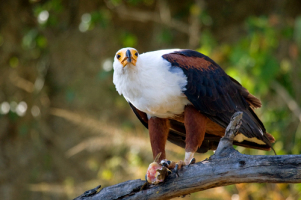
Eagles are heavy headed, large beaked and big footed, from the Accipitridae family. There are about 60 species of eagles. Out of these, most species are found in Eurasia and Africa. Most eagles are larger than any other raptor. Their beaks are also heavier and they have excellent eyesight. Eagle nests are called eyries and are usually built on high cliffs and treetops. The same nest site can be used year after year if they have successfully produced and protected offspring at that location. Eagles are powerful, large birds and are mostly the apex (top) predators of their food chain.
- Hawks
Hawks are medium sized birds of prey from the Accipitridae family and are widely distributed around the world, except Antarctica. They are diurnal (hunt during the day) birds of prey. They are characterized by their curved beaks, sharp talons and keen eyesight, though they have a poor sense of smell. They inhabit forests, grasslands, high cliffs and marshes. They are capable of catching prey both in the air and on ground with their sharp talons. Hawks eat rats, mice, squirrels and rabbits. Some hawks eat frogs, insects and even snakes.
Hawks are usually solitary birds but some migratory species form flocks during migration in the colder seasons. Their flock is called a “kettle of hawks “. Most hawks are monogamous and mate with a single partner throughout their life. In a year, a female lays one to five eggs. Both males and females share the responsibility of caring for the eggs until they hatch. hawk chicks grow and fledge quickly and are able to fly in 42 to 48 days though they remain with their parents for up to 30 to 70 days depending on the species. They have a lifespan of 10 to 20 years in the wild depending on the species. Some species live up to 30 years in captivity.
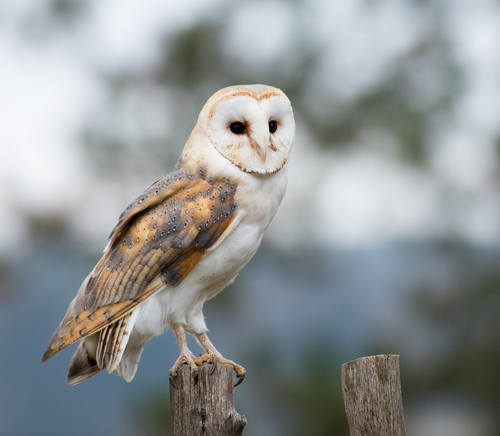
Owls are birds of prey in the order Strigiformes. This order consists of more than 200 species of owls. They are usually solitary and nocturnal but some species of owls hunt during the day. They are characterized by their upright stance, broad head, binocular acute vision and acute sense of hearing. Usually female owls are bigger than the males. They have a very special ability that distinguishes them from other birds of prey as their feathers are specially adapted for silent flight. This helps when hunting for food at night.
Most owl species mate during spring. Owls don’t build their own nests; rather they use the abandoned nests of other birds. Some owls lay eggs in ground nests. Females lay up to three eggs, but three to four eggs are most common. Owl chicks are hatched weak and vulnerable. They depend on their parents for food. Males and females both take part in raising their young.
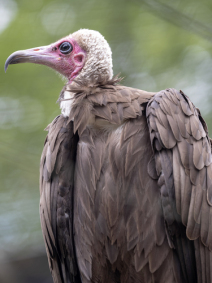
Vultures are among the largest. Almost all of them are scavengers. There are at least 23 species of vultures. These are subdivided into categories: new world vultures (the Americas and Caribbean) and the old-world vultures (Europe, Asia and Africa).
Their characteristic bald head distinguishes them from other birds of prey. They use their bald head for body temperature regulation. They have an excellent sense of smell and sight which helps them find food. They feed almost exclusively on carrion. They make their nests in high places like a cliff ledge.
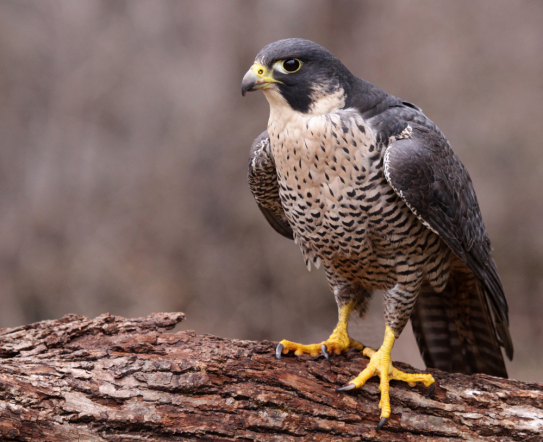
Most falcons comprise the genus Falco. This genus consists of about 40 species of falcons. They are widely distributed around the world, except Antarctica. Falcons inhabit all types of areas including wetlands, forests, savannahs, deserts, mountains, coastal areas and even urban areas. They have a lifespan of 12 to 20 years depending on the species in the wild. They live even longer in captivity.
Adult falcons have tapered wings and a bullet-like body, which help them in high speed flight. They are not picky eaters and will eat anything they can get. They hunt and eat frogs, fish, small reptiles, bats and birds.
Falcons are monogamous and mate for life. Females usually lay three to four eggs, which are incubated for about 30 days mostly by the female. Falcon chicks fledge 40 to 45 days after hatching, but they remain dependent on their parents for food for months.
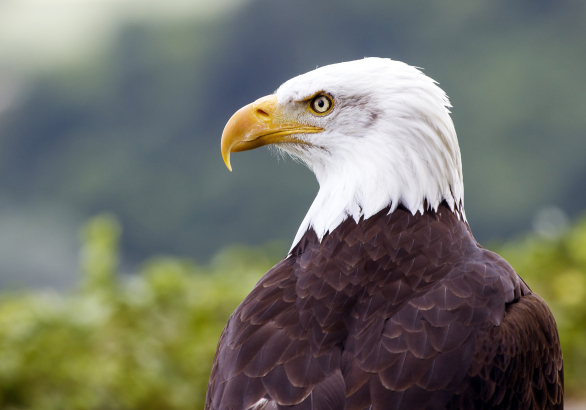
Conservation status
Birds are fascinating creatures of nature and play an essential role in the food chain and maintaining a healthy ecosystem.
Most birds of prey are beautiful and majestic birds. But due to changes in environment and habitat lost, most birds of prey are endangered. If we don’t take steps to stop their habitat destruction, they may disappear from the face of earth someday. And for our future generations these birds will be remained only in fossils, like dinosaurs for us.
